Caja de las Letras
A vault of safe-deposit boxes in an old bank has been repurposed as a time capsule of Hispanic culture.
In 2007, the prestigious Cervantes Institute, whose purpose is to promote and teach the Spanish language throughout the world, opened its headquarters in the former Rio de la Plata Bank building in Madrid, designed by the renowned Spanish architect Antonio Palacios and inaugurated in 1918.
At the time, customers’ fortunes—often in the form of gold bars earned from doing business across the Atlantic—were stored in safe-deposit boxes, hundreds of which line the walls of the building’s underground vault. The magnificent armored vault was (and still is) accessed through a circular opening protected by a 7-ton door. Today, these giant doors lead to the Caja de las Letras (Vault of Letters), a unique time capsule of Hispanic culture.
When the bank building was acquired by the Spanish government in 2003 and repurposed as the headquarters of the Cervantes Institute, at first the institute didn’t know what to do with the safe-deposit boxes. What could be stored there? Then the director had a wonderfully creative idea: to use the boxes as a cultural time capsule.
From that moment on, many Spanish artists and thinkers were invited to leave an artifact of their choosing in the security boxes along with the date the safe should be reopened. Around 40 of the 1,767 boxes are now guarding an artistic or literary treasure to be revealed sometime in the future. These 40 are golden in color to stand out from the rest, and are marked with the artist’s name along with the open date. When the time comes, the item is to be returned to its owner or their descendants.
The boxes hold a diverse range of objects. The first box, Number 1,000, was used by the writer Francisco Ayala in 2007. He stored a letter and a personal item about which no details were given—we will have to wait until 2057 to know its content. Most of the cultural treasures are original manuscripts, letters, poems, books, and similar works, including an alleged script by the filmmaker Luis García Berlanga, expected to be opened in 2021. There are also other curious objects, such as a typewriter by the writer Nicanor Parra, the microscope of the scientist Margarita Salas, a pair of ballet shoes belonging to the dancer Alicia Alonso, the first Swiss watch of the Hispanist John Elliot, and even some soil from the birthplace of the famous novelist and Nobel Laureate Gabriel García Marquez. In this last case, it will be guarded forever, since no opening date has been determined.
Know Before You Go
The Caja de las Letras is generally closed to the public, but there are certain designated days when entry is allowed with advance booking. These include Architecture Week in Madrid and some holidays including October 12th, a national holiday in Spain. It is also possible to visit during temporary exhibitions. Check the official website of the Cervantes Institute. The closest Tube station is Banco by L-2 (red line).

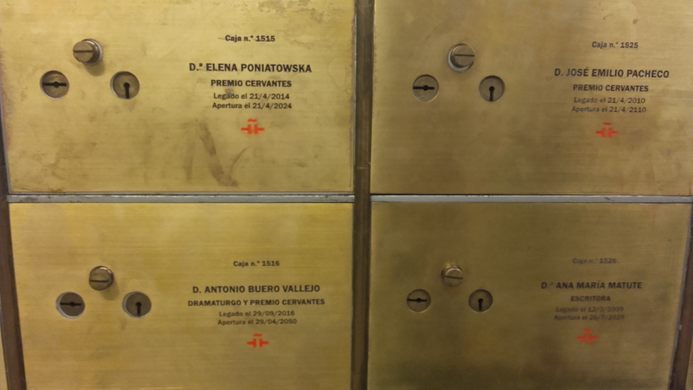

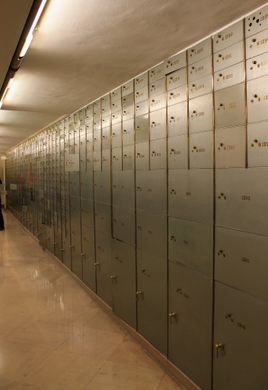
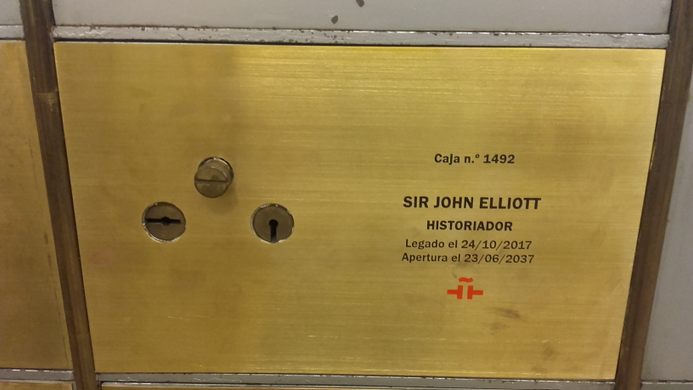
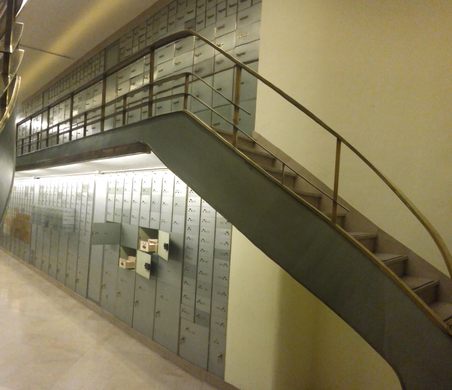
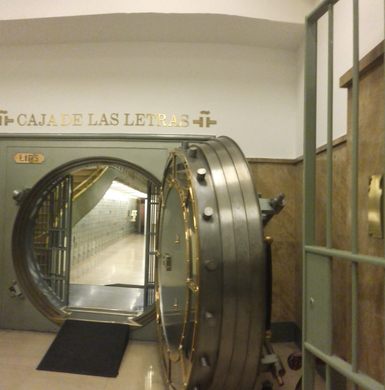
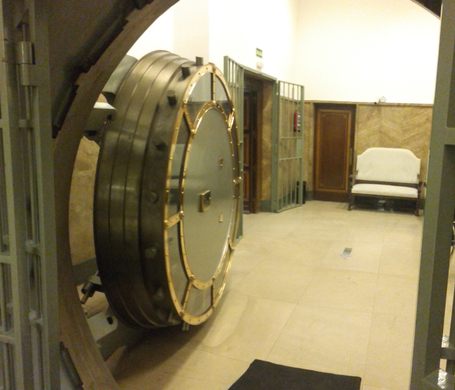
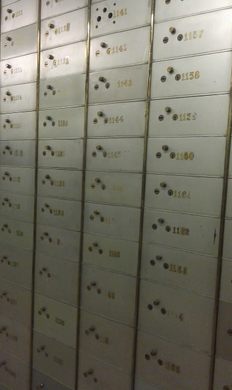







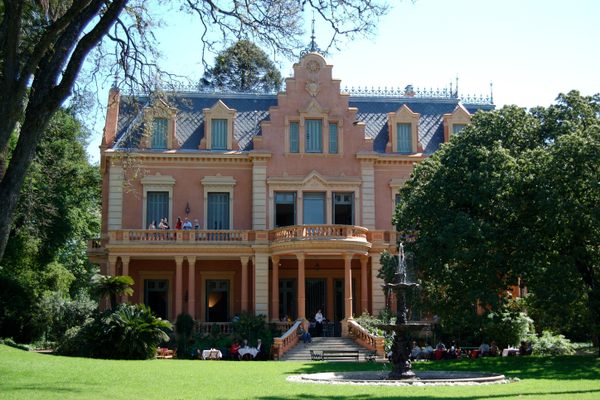

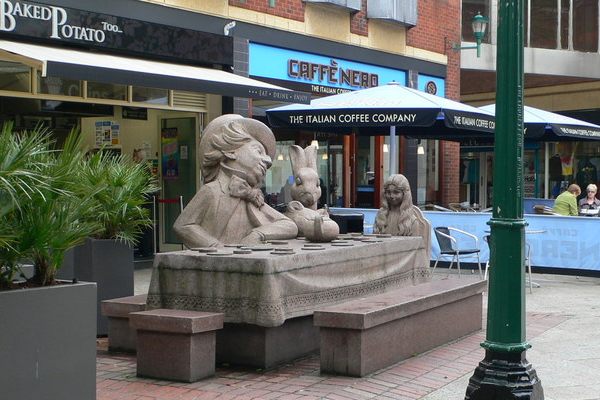
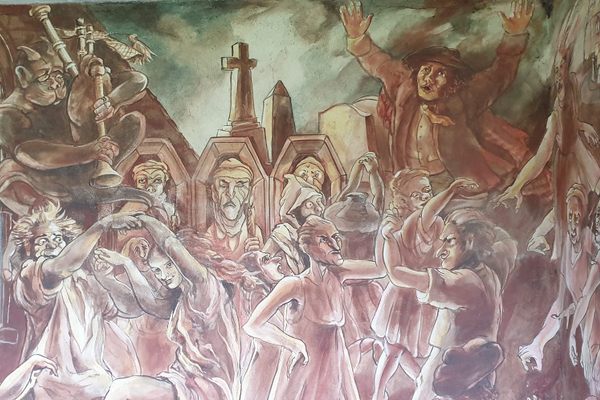


Follow us on Twitter to get the latest on the world's hidden wonders.
Like us on Facebook to get the latest on the world's hidden wonders.
Follow us on Twitter Like us on Facebook